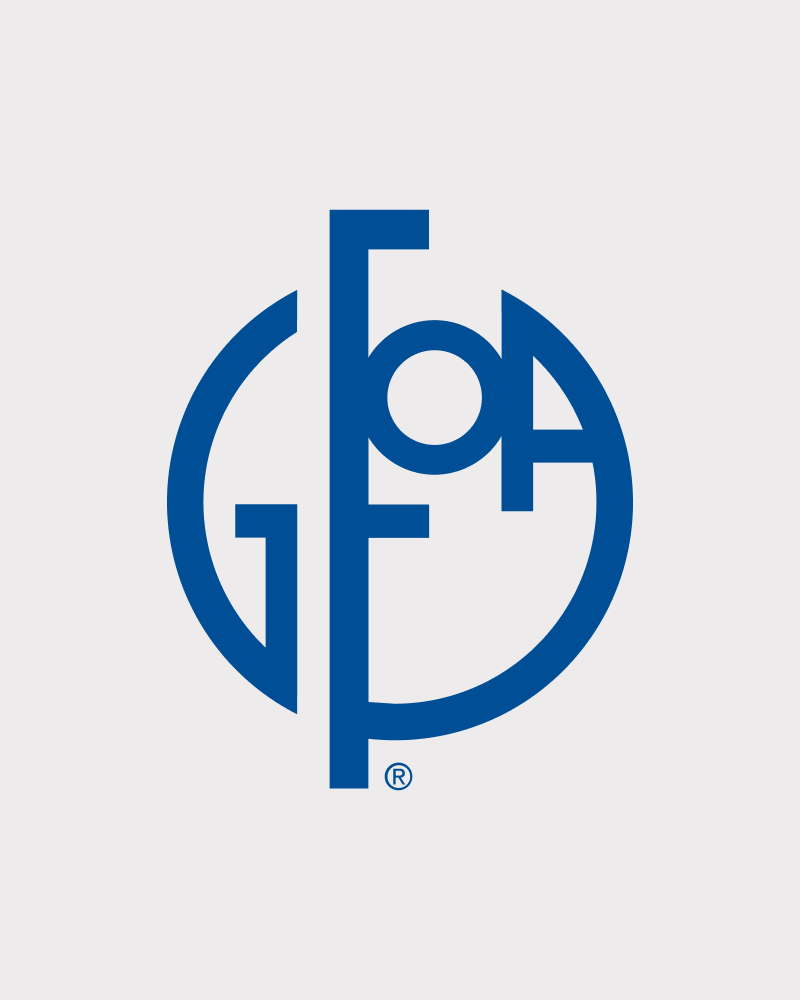Bank Account Fraud Prevention
Treasury and Investment Management
Bank Account Fraud Prevention
GFOA recommends that governments consider various steps to protect themselves against bank account fraud.
Board approval date: Wednesday, October 31, 2012

